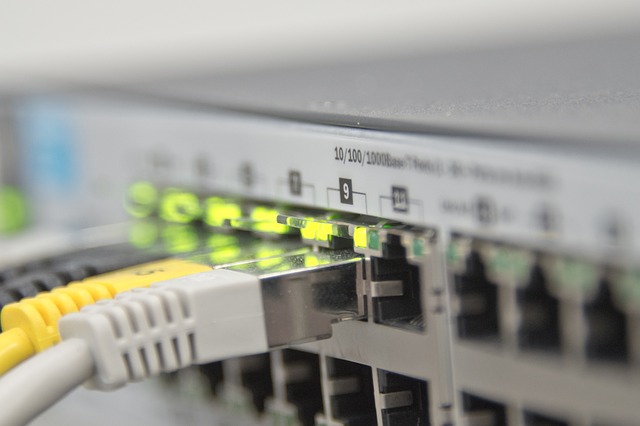
The AT&T (NYSE:T) – Time Warner (NYSE:TWX) merger created a buzz in the corporate world last week. Jeffrey Bewkes, chief executive of Time Warner has agreed to sell the company for $107.50 per share, a $85 billion deal half in cash, and half in stock. While some analysts believe that the deal is great for everyone, AT&T’s more than 100 million cell phone users and Time Warner’s expansive content, worries consumer groups and rivals. Combining the two companies will not only broaden their content portfolio, but also empower them to compete with other cable companies in terms of delivering Internet as well as television services to subscribers.
In the “Texas Wireless Summit” this year, AT&T unveiled the roadmap for 5G network using a millimeter wave (mmWave) that different carriers are currently testing. 5G is a fifth-generation mobile and wireless network system that delivers huge chunks of data into the Internet of Things (IoT) more rapidly than 4G LTE connections. At the Austin summit, AT&T & Ericsson demonstrated that the 5G-network technology was capable of delivering speeds of up to 14 GB/second with latency nearing 1 millisecond. As the NYT puts it, “your cellphone’s data connection will be so fast that you can download a television show in the blink of an eye and a movie in less than five seconds. (That compares with up to eight minutes now for a movie.)…you may as well just watch TV with your cellular connection and cancel your cable subscription.”
However, even with the revolutionary performance in the summit, many are skeptical about the practicability of 5G technology. While the millimeter wave spectrum of 5G is sufficient, noise control and power boosters are less capable in millimeter wave than that in the lower bands. Additionally, given the technology’s shorter wavelength, cellular sites will only cover short distances as the huge chunks of data are being transferred at a very rapid rate. This means that if AT&T continues to pursue 5G technology, they will require numerous cell towers placed close together throughout the country. And with AT&T’s approximately 70,000 operational cellular sites to date, the company would require about a million towers to ensure 5G network is available nationwide.
AT&T seems to believe that by delivering high-speed internet it can be considered as a serious competitor in the cable industry, which is why it thinks 5G is the key. With Time Warner merger, AT&T is aiming to obtain 5G standards by the end of 2017, which is earlier than 3GPP’s initial timeline of mid-2018. However, how the merger can hasten 5G deployment still remains in question. Considering the long and arduous process of releasing final standards issued by the ITU (International Telecommunications Union), the 5G technology might not be complete until 2021.
When the deal closes, AT&T plans to promote more over-the-top content on mobile networks, which will bring in more demand for 5G technology. In order to compete with widely used content providers like Netflix (NASDAQ:NFLX) and Hulu, Dallas-based company believes that delivering the content faster to consumers is the way to gain their own market share. But, considering the debt that the company will gain with the Time Warner acquisition, and the rivals that are eyeing 5G technology, the odds may not be in AT&T’s favor as these could deter the company’s investment in the technology.
- Bulenox: Get 45% to 91% OFF ... Use Discount Code: UNO
- Risk Our Money Not Yours | Get 50% to 90% OFF ... Use Discount Code: MMBVBKSM
Disclaimer: This page contains affiliate links. If you choose to make a purchase after clicking a link, we may receive a commission at no additional cost to you. Thank you for your support!


Leave a Reply